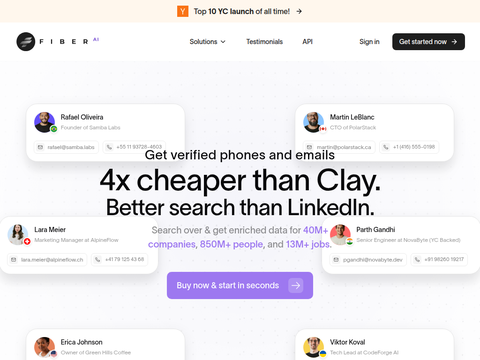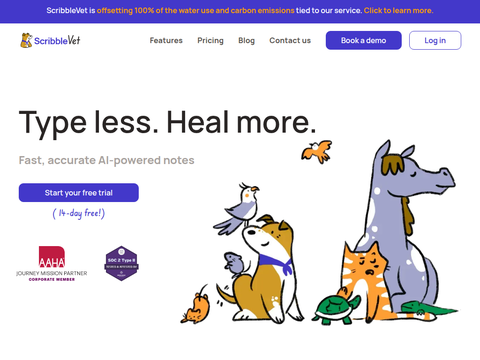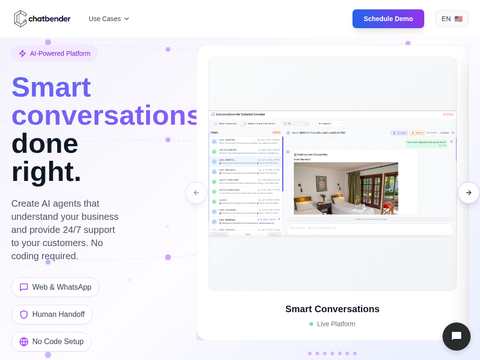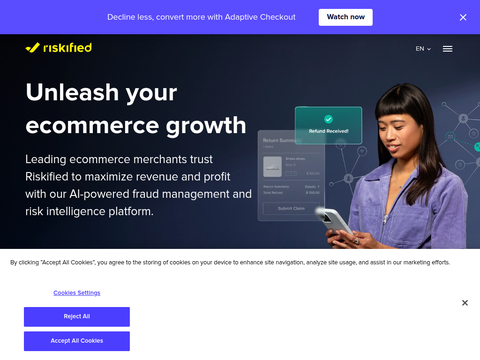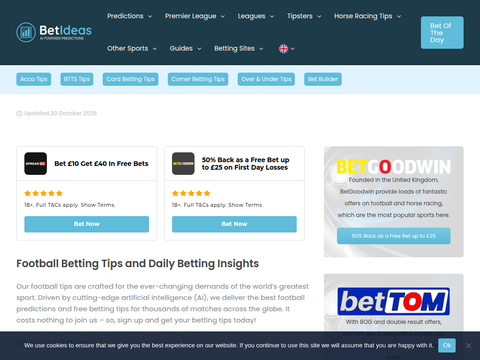TikTok, once known primarily as a user-generated content platform, has introduced a new setting that lets users control how much AI-generated content appears in their “For You” feed. The company is also rolling out more advanced labeling technologies for AI-generated material.
The new AI-generated content (AIGC) control feature is being integrated into the app’s “Manage Topics” tool, giving users greater influence over the type of content they see on TikTok.
In a blog post, TikTok explained: “Manage Topics already allows people to adjust how often they see content related to more than 10 categories, such as dance, sports, food, and beverages. Like those controls, the AIGC setting is designed to help users tailor a diverse mix of content in their feed—not to completely remove or replace it.”
This move comes as companies like OpenAI and Meta begin experimenting with fully AI-driven feeds. In September, Meta launched Vibes, a new AI-powered feature for creating and sharing short videos. Just days later, OpenAI unveiled Sora, a social media platform dedicated to AI-generated video creation and sharing.
Since Sora’s debut, highly realistic AI-generated videos have started appearing on TikTok. Many users have also leveraged AI tools to produce visual content featuring historical figures, celebrities, and other subjects.
With the new AIGC control, TikTok says users who want less AI content can reduce its visibility, while those who enjoy it can opt to see more.
You can access this feature by navigating to Settings > Content Preferences > Manage Topics. From there, you can adjust sliders for various topics—including AI-generated content—to fine-tune how much appears in your “For You” recommendations.
TikTok noted that this update will roll out gradually over the coming weeks.
To enhance its ability to label AI-generated content, TikTok is now testing a technology called “invisible watermarking.”
The platform already requires users to label realistic AI-generated content and uses C2PA’s cross-industry standard—Content Credentials—which embeds metadata to indicate whether content was created by AI. However, TikTok acknowledges these labels can be lost if the content is re-uploaded or edited on other platforms.
With invisible watermarking, TikTok adds another layer of protection by embedding watermarks only it can detect, making them significantly harder to remove.
These invisible watermarks will initially be applied to AI-generated content created using TikTok tools like AI Editor Pro, as well as to uploads that include C2PA Content Credentials. TikTok says this will lead to more reliable content labeling and confirms it will continue supporting C2PA standards while applying its own watermarks to AI content produced on the platform.
In parallel with these technical efforts, TikTok also announced a $2 million AI Literacy Fund, partnering with organizations like Girls Who Code to develop educational content that promotes public understanding of AI literacy and safety.



